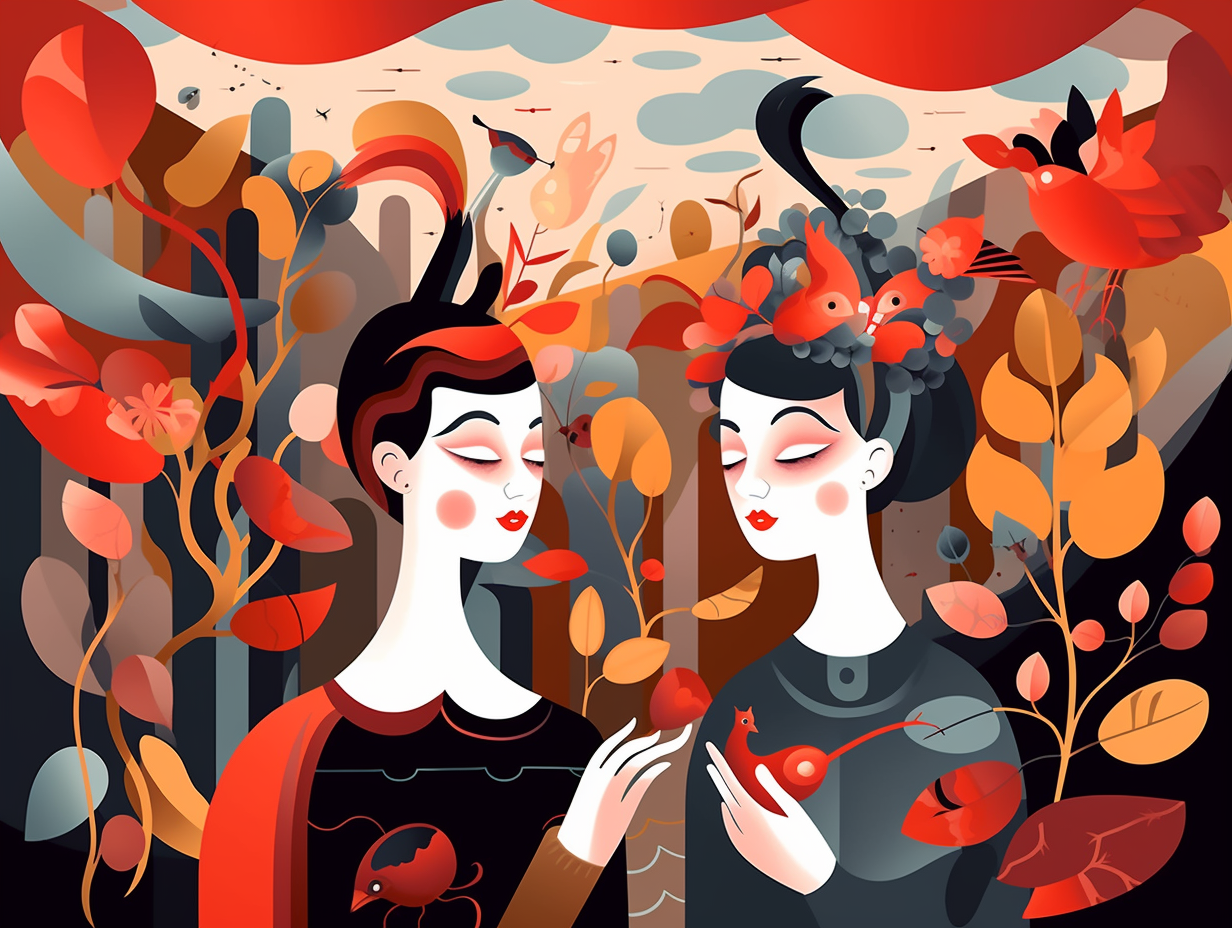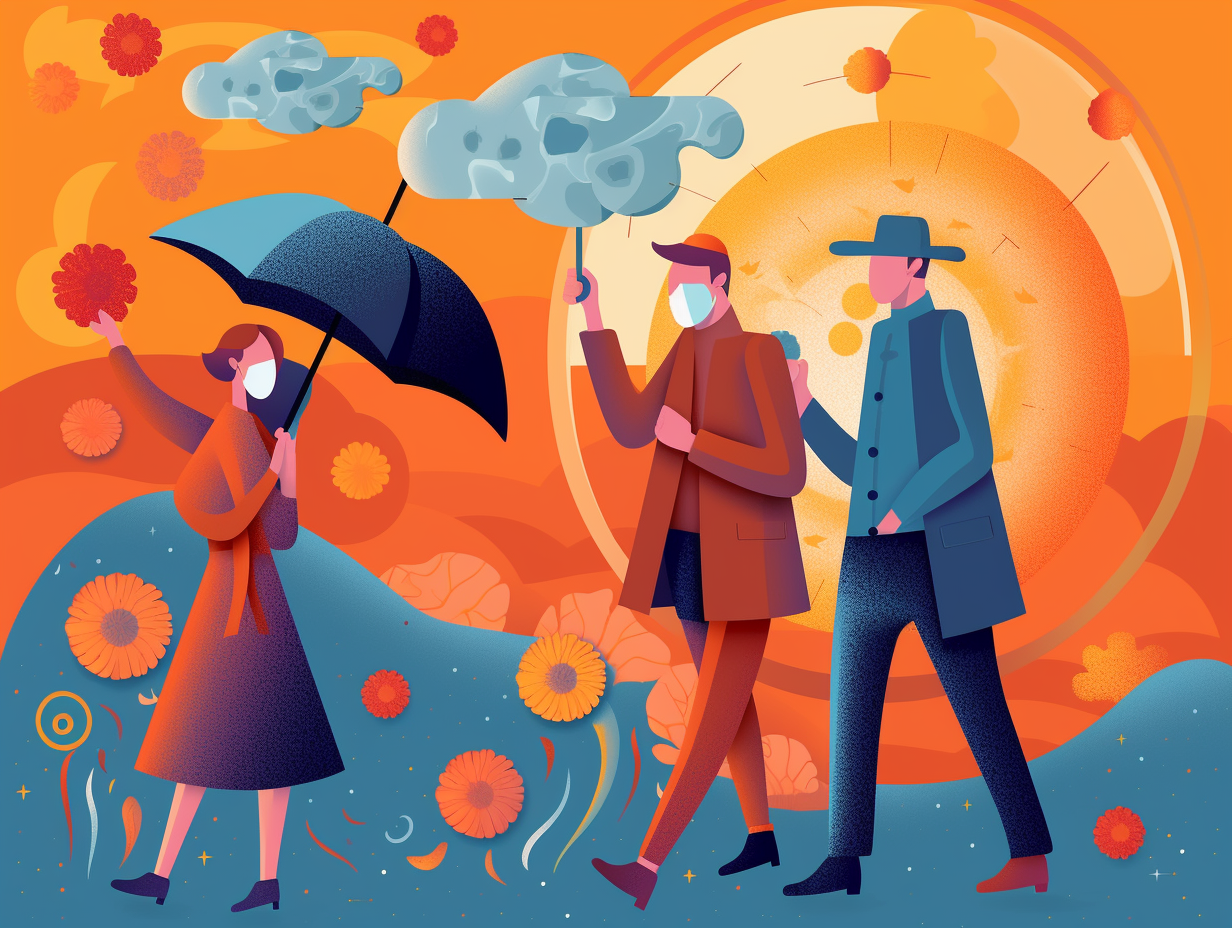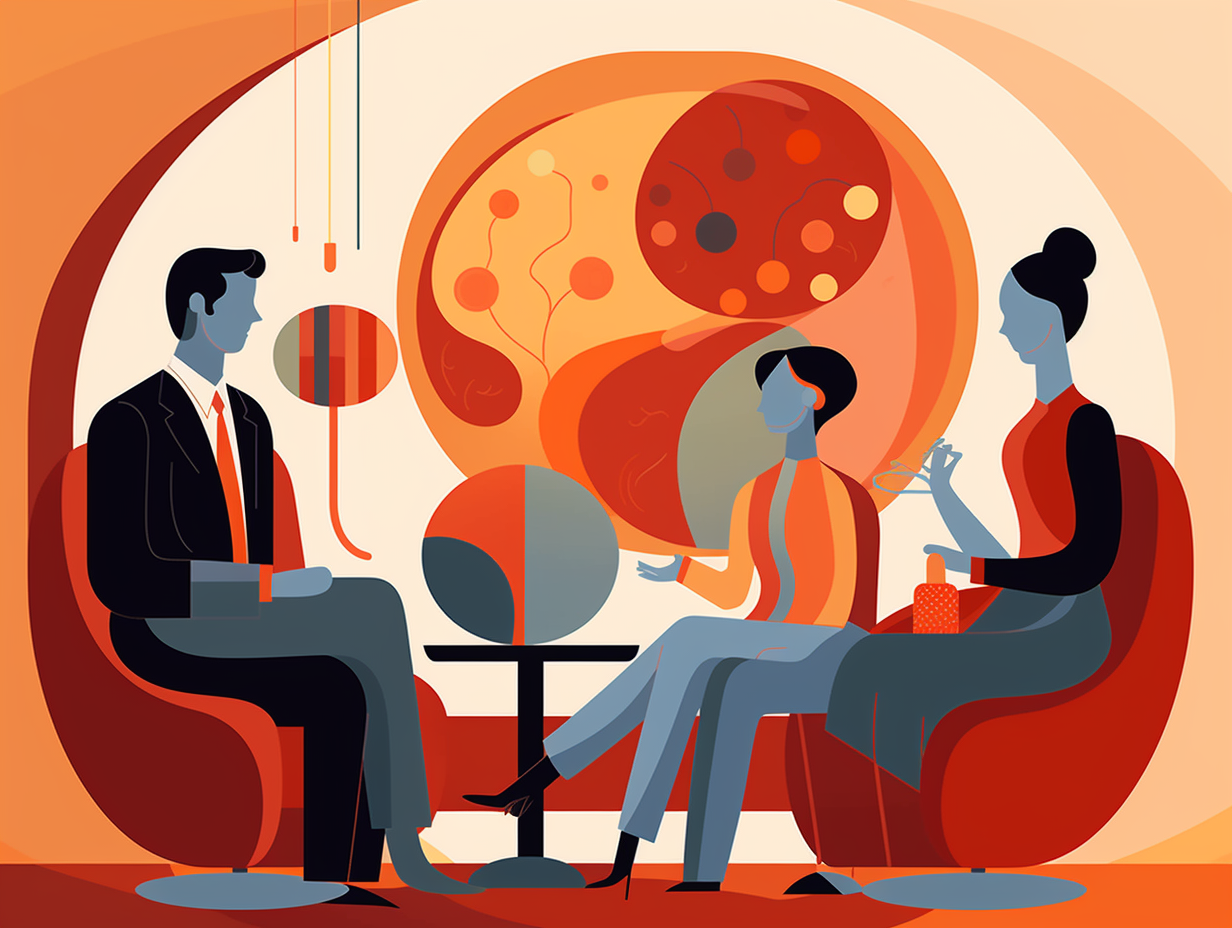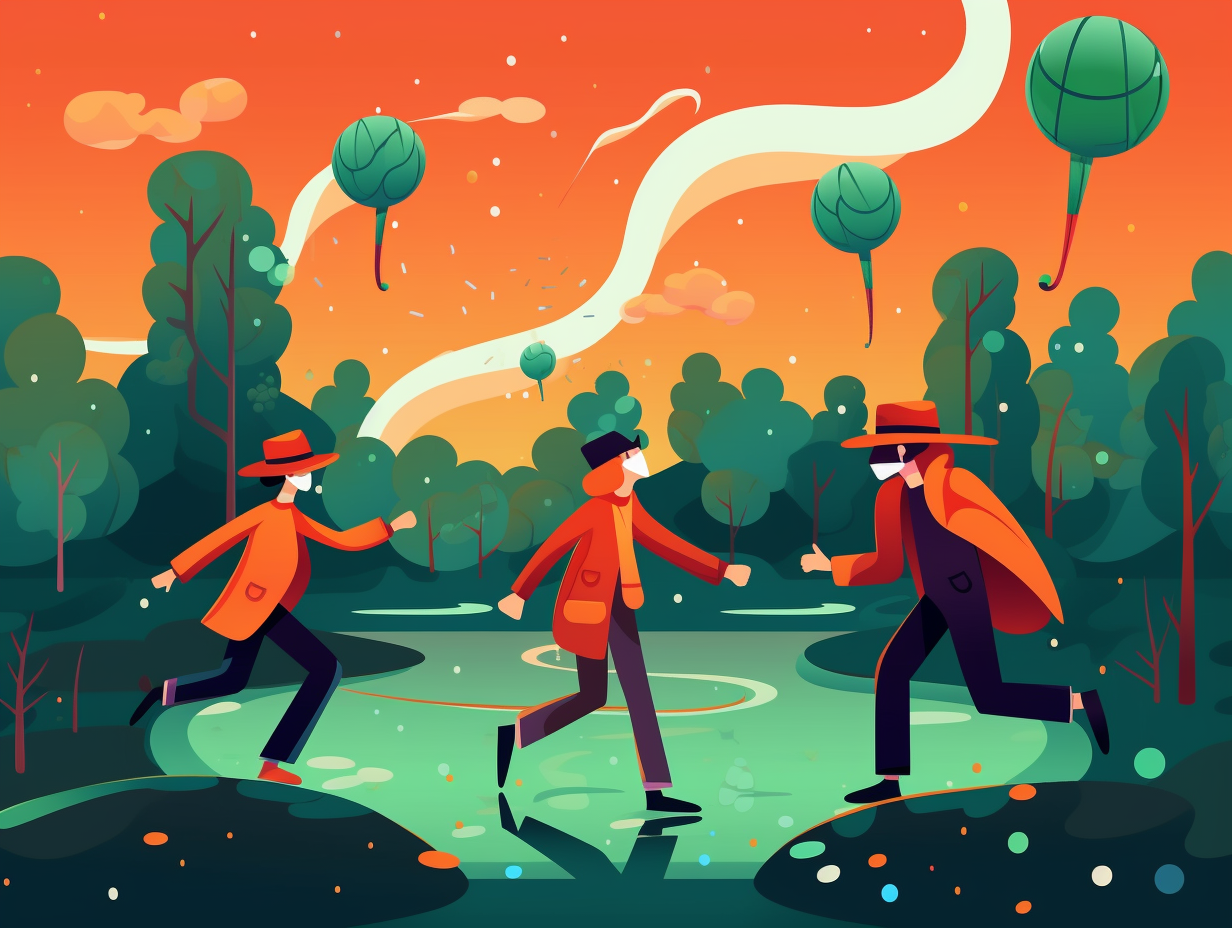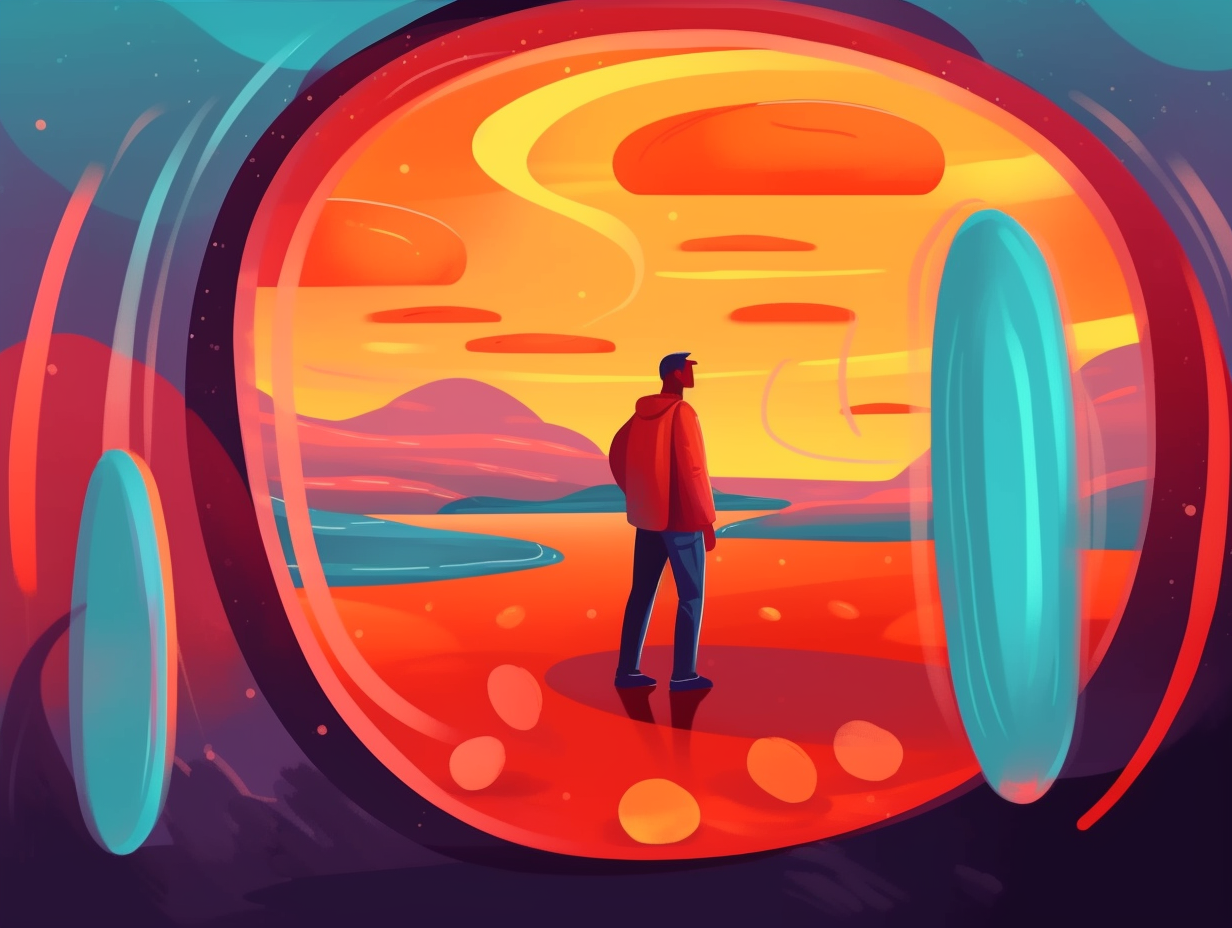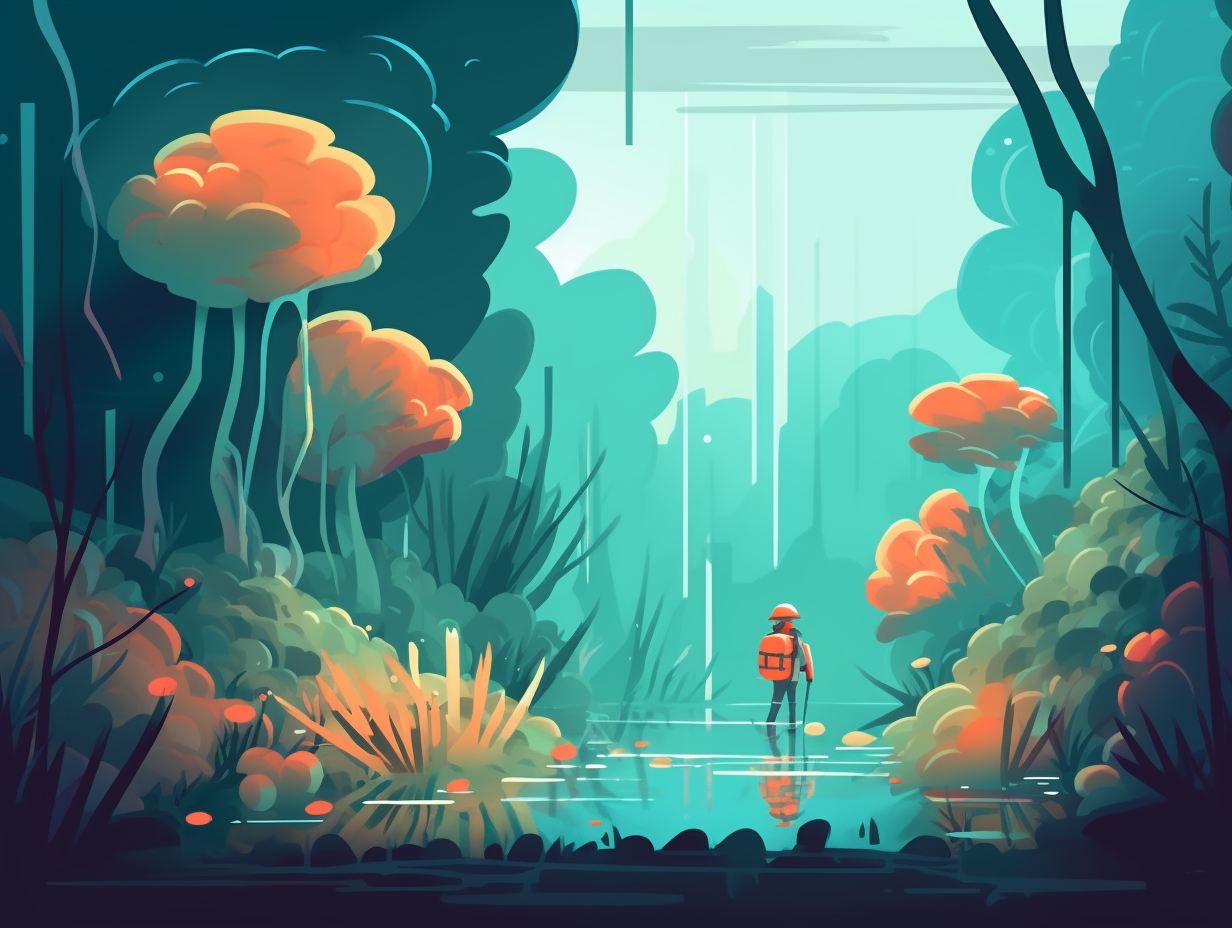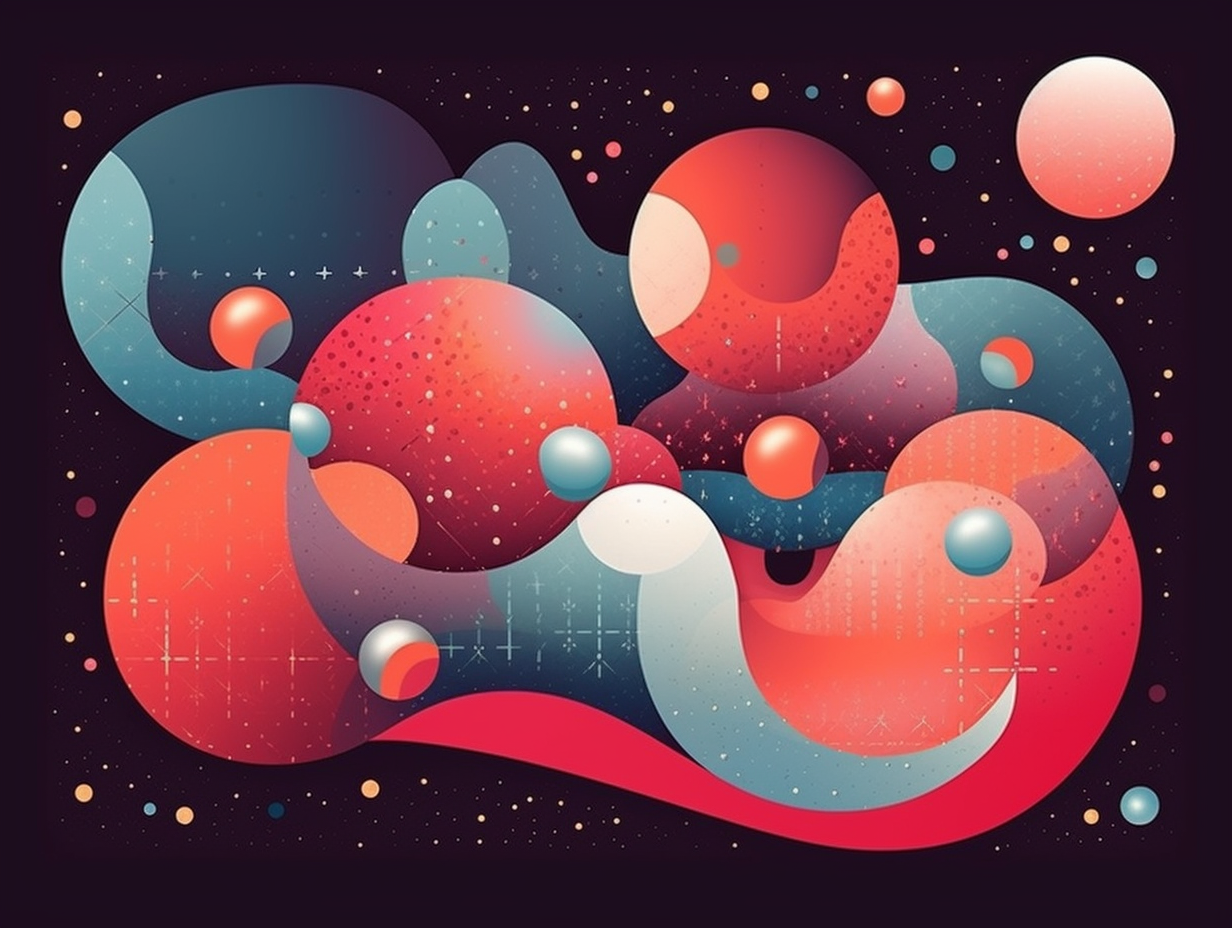Discover the Magic: Top 11 Amazing and Unique Fun Facts About Blue Eyes!
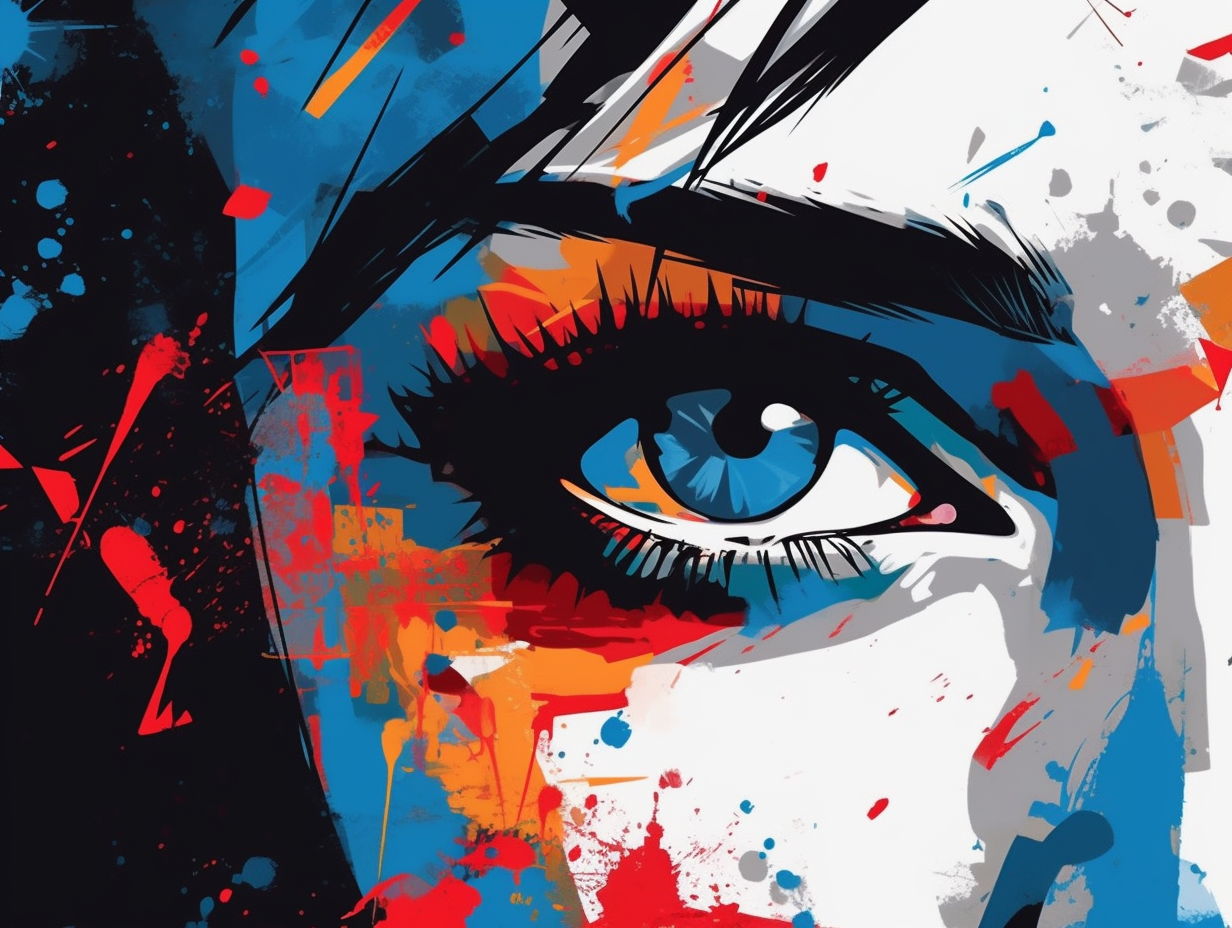
1. Modern European Blues
Before you sing the blues, listen to this eye-opening tale: Scientists discovered that the blue eye mutation didn't exactly originate in the Black Sea region, but emerged 7,000 years ago with a stone-age hunter, gradually evolving alongside their African skin tone and brown curly hair—the modern European stealin' the blues one gene at a time!
Source => forbes.com
2. Light Dance, Not Pigment
Feeling blue isn't always bad, especially when it comes to stunning blue eyes: The blue hue in a person's peepers isn't a pigment, but rather a magical dance of light reflecting off the collagen fibers in the iris, which takes center stage due to a lack of melanin in the front layer, making those baby blues more sensitive to bright lights.
Source => my.clevelandclinic.org

Did you know the small intestine has a secret talent for tennis? Its nutrient-absorbing villi could cover an entire court! 🎾Discover how it aced this game.
=> Fun Facts about The-Digestive-System
3. Daytime Visual Advantage
Blue-eyed creatures of the night may have you fooled, but they're not part of the vampiric elite with impeccable night vision: In reality, their lighter iris color reflects more light onto the retina, resulting in a daytime visual advantage rather than increased nocturnal sightseeing prowess.
Source => atlanticeyeinstitute.com
4. Magical Animal Eyes
You might think your beloved snow-white feline has been sipping from Merlin's cauldron, or that your dashing Dalmatian hobnobbed with the White Walker's leader, handing him those icy blue peepers in return: But here's the ice-cold truth – the magic behind those enchanting blue eyes in animals isn't restricted to specific breeds! Dogs can develop this snowy stare through a mesmerizing medley of genetics, like the merle gene, white fur framing their eyes, albinism, or genes exclusive to certain breeds. Cats, on the other hand, lack a bit of pigment in their peepers, causing the iridescent illusion of a blue hue. So, our bewitching blue-eyed buddies are unique in their magical charms, with enchantment woven through their genes!
Source => massapequapost.com
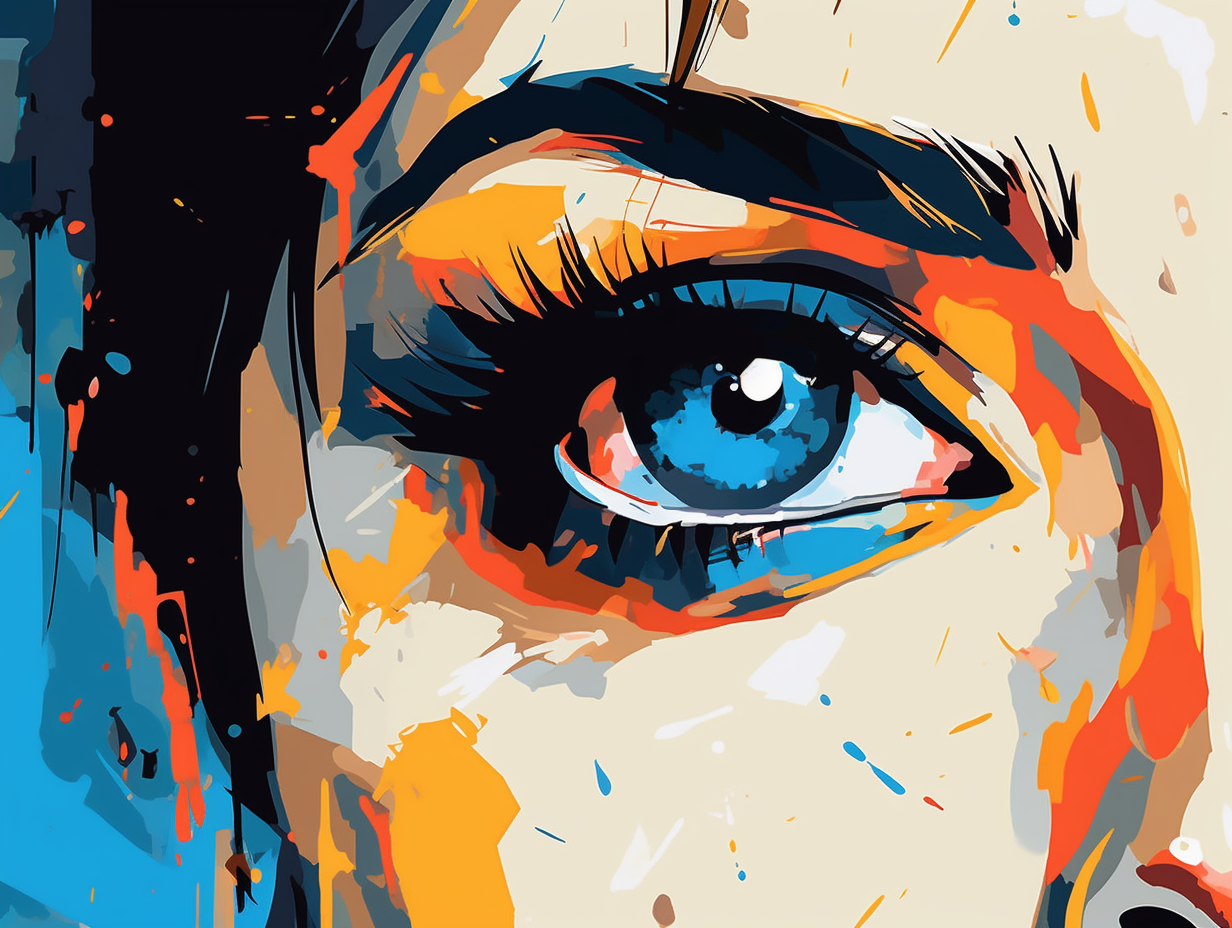
5. Baltic Sea Origins
Why did the blue-eyed human cross the Baltic Sea? To go back to their roots, of course! : Blue eyes trace their origin to a genetic mutation in the OCA2 gene, which occurred 6,000 to 10,000 years ago in Europe – particularly around the Baltic Sea in northern Europe, making blue eyes quite a common trait in those populations.
Source => aucklandeye.co.nz
6. Enhanced Visual Acuity
Despite rumors that blue-eyed beauties achieve their vibrant hue via a lifelong diet of blueberry smoothies and nights spent excessively moon-gazing, their stunning peepers reveal a more mundane superpower: blue-eyed individuals don't actually see colors differently in low light, but they do possess better visual acuity than their brown-eyed counterparts, allowing them to spot tiny details with enhanced clarity.
Source => sanantonio-lasik.com
7. Tyndall Effect Party
Feeling blue, are we? Well, your eyes must be having a light-scattering party of their own, just like that absurdly vibrant smurf village: Blue eyes aren't actually blue in pigment, but appear so due to the Tyndall effect, where the iris reflects back shorter wavelengths of light causing the blue light to scatter the most.
Source => bestlifeonline.com
8. Ravenclaw's Not So Secret
Despite whispers in the Hogwarts halls that those with blue eyes are direct descendants of Ravenclaw and gifted with lateral thinking prowess, it seems the Sorting Hat isn't making choices based on iris color after all: in reality, people with any eye color can develop and excel at lateral thinking skills, as they are not correlated with the blueness of one's peepers.
Source => exploringyourmind.com
9. Alcohol Tolerance
Ice may not crack faster under their steely gaze, but their livers might: People with blue eyes actually have a higher tolerance for alcohol, which can lead to an increased risk of alcoholism compared to individuals with darker eyes, according to scientific research.
Source => zinniahealth.com
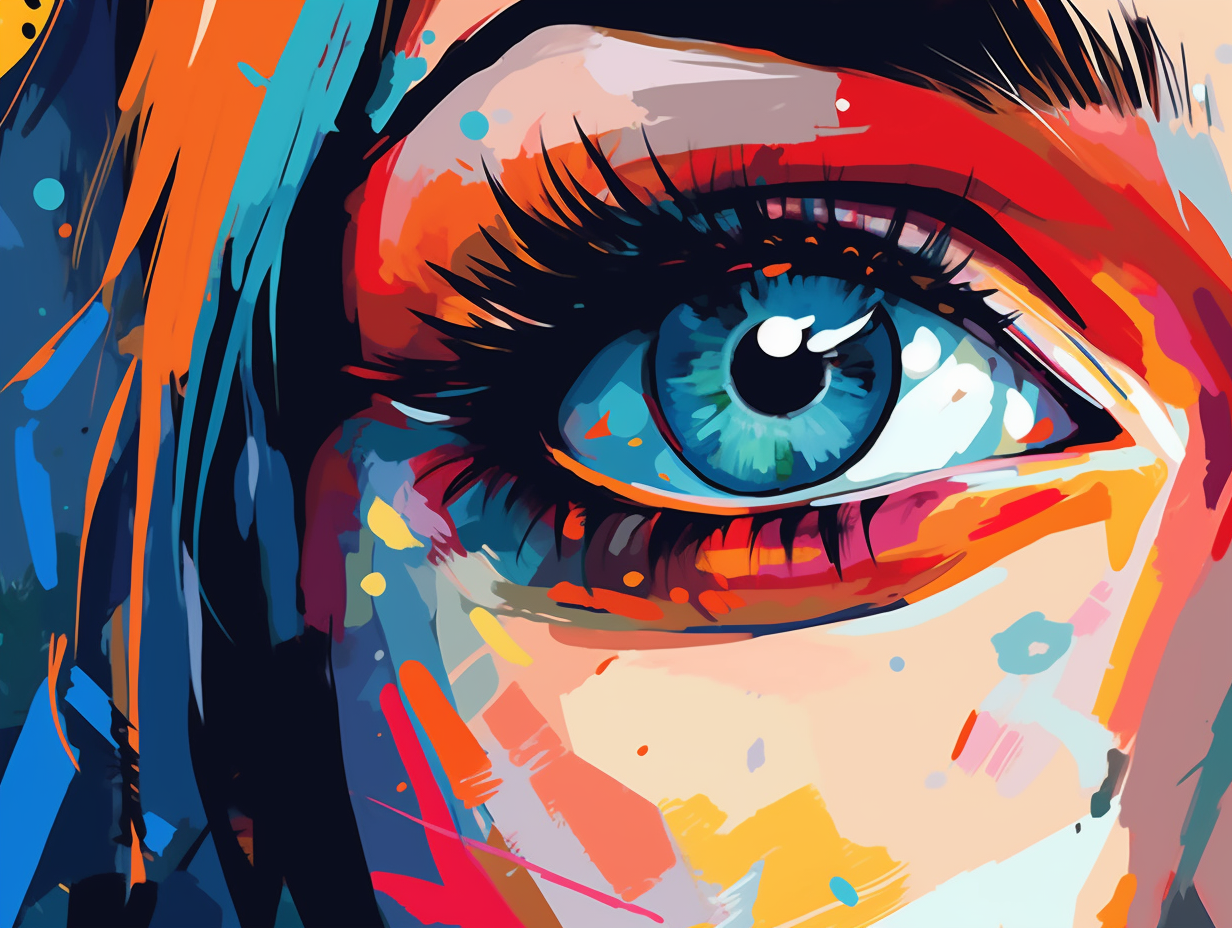
10. Unique Blue Moon Eyes
Don't be blue about your baby blues, they're truly one of a kind – just like a rare blue moon: Blue eyes actually have minimal pigment in the iris, scattering light in a way that creates their striking appearance, with the front layer of the iris boasting no pigment at all!
Source => dmei.org
11. Red Hair + Blue Eyes Rarity
You might feel blue when you discover the truth about those baby blues: Blue eyes aren't actually the rarest eye color, occurring in around 17 percent of the population. However, rocking fiery red locks with sapphire eyes is the rarest combo, as both traits are recessive and only 0.17 percent, or about 13 million people, have the privilege of calling themselves flame-eyed azure gazers.
Source => yahoo.com
Related Fun Facts






